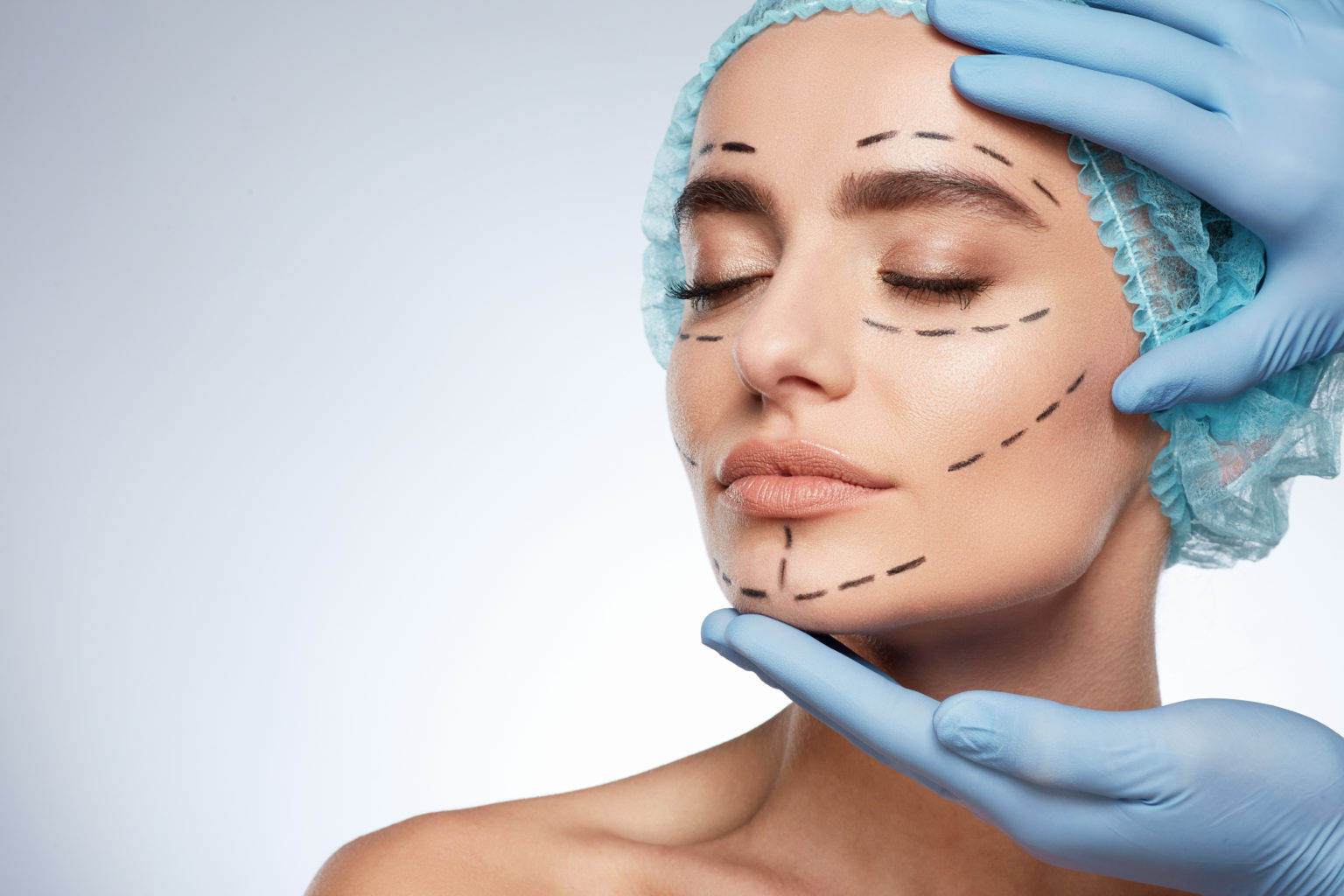Clinical Research and Professional Contributions of Facial Plastic Surgeon: Professor Alwyn D’Souza

Facial plastic surgery aims to improve and alter both the aesthetics and often function of one’s face, with a wide range of procedures which include but not limited to facelift, neck lift, brow lift, blepharoplasty, and most importantly rhinoplastysurgery. A facelift aims to reverse the effects of aging by manipulating surgically the facial tissues, removing skin excess, and thus reshaping the facial features of the face and neck. The results of this surgery are typically visible at the jawline with correction of jowls, as well other areas of the face. Neck lift surgery is similar but focuses on the neck contour, and brow lift surgery, also known as a forehead lift, reduces forehead wrinkles, lifts the brows and opens the eyes, by correcting sagging of eyelids. This procedure can also be used in reducing the vertical height of the forehead where required. Blepharoplasty, aims to reduce the skin excess on the upper eyelids in particular as well s removing excess fat, thus dealing with baggy look in the lower eyelids. This procedure is particularly effective in achieving a youthful appearance. Finally, rhinoplasty is less targeted at the effects of aging, instead changing the nasal shape, and achieving betterproportions results in a more balanced look of the face and crucially improves the function of the nose in those with compromised nasal airway.
Evidently, these procedures cater to a diverse range of age groups and patient concerns. The safety of these procedures can be maximized by consulting, and being treated by qualified board-certified facial-plastic surgeons who specialize in facial surgery. This will minimize and avoid undesired complications and adverse outcomes. Professor Alwyn D’Souza is an experienced board certified facial plastic surgeon with skills accrued over three decades in the field .
Professor D’Souza has professional credentials, degrees, and substantial experience in various positions. His credentials include affiliations with several boards, including EBFPRS (European Board of Facial Plastic Surgery) and IBFPRS (International Board of Facial Plastic Surgery) as well as American Board of Facial Plastic Surgery. He also has several certifications, including FRCS (Eng), FRCSEd (ORL-HNS), FRCS (Oto) Ed., MBBS, PG Cert Med Ed (Cardiff), and BTEC Skin Laser Technology, Application, and Treatment. D’Souza is currently the Medical Director of London Face Surgery and London ENT Associates, where he uses his skills in facial cosmetic surgery to treat patietns. He also established and currently leads the London Facial Aesthetic Cadaveric Training Courses.
He also serves as the Programme Director for MCh in Aesthetic Facial Surgery and MCh Minimally Invasive Facial Aesthetics at Canterbury Christ Church University in the United Kingdom,where he is the Professor of Aesthetic Facial Surgery, in the Faculty of Medicine. His research contributions have led to his appointment as the Editor in Chief of the Facial Plastic Surgery Journal, and he appears as a guest editor in several other publications, including Post-operative Care in Facial Plastic Surgery and Current Otolaryngology Reports.
Mr D’Souza is an active member of professional societies such as ENT UK (British Association of Otolaryngologists & Head and Neck Surgeons), BSFPS (Facial Plastic Surgery UK), EAFPS (European Academy of Facial Plastic Surgery), BMLA (British Medical Laser Association), and RSM (Royal Society of Medicine). His accolades include a TWJ Fellowship, awarded for UCSF in San Francisco in 2001 and a West Midlands Deanery Scholars Grant for an MSc in Medical Education in 1999. He also serves in multiple advisory roles, including as an advisory board chairman for Facial Reconstructive and Cosmetic Surgery India and chairman of the International Advisory Board of the Indian Society for Facial Trauma, Aesthetic, and Reconstructive Surgery of Otolaryngologists.
He has published landmark papers on the use of botulinum toxins in nasal surgery, where he proposes “nasal muscle imbalance theory (NMIT)” and use of botulinum toxins to counteract the muscle action to prevent recurrence of deviation in crocked noses. His research includes management of skin and soft tissues in rhinoplasty surgery as well as other non-surgical procedures including nucleotides and stem cells and various aspects of bio-stimulation etc.
He continues to grow his research reach by involving junior surgeons and aesthetic doctors in training in research activities thus achieving continuity.
